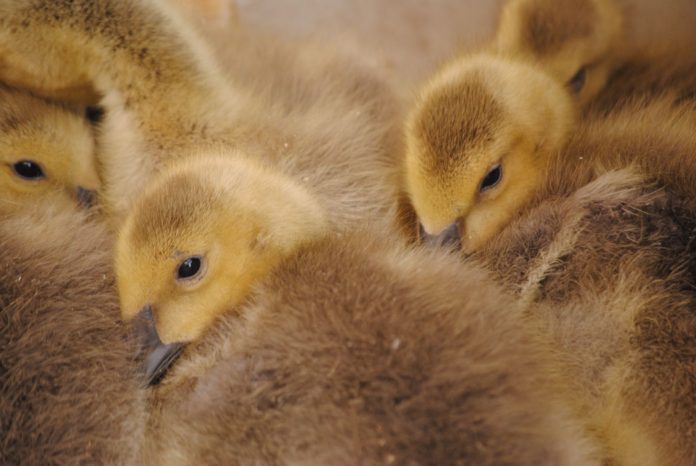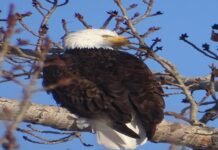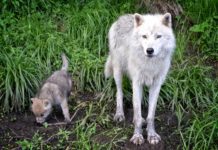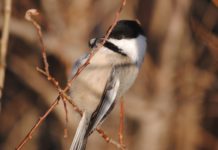Waterfowl are known for their territorial aggression and often unusual choices of nesting sites. In the spring, downtown rooftops become the choice nesting locations for geese, while ducks tend to take up residence in suburban gardens and bushes. Understanding how these animals nest and raise their young will help these animals and the people who interact with them peacefully co-exist.
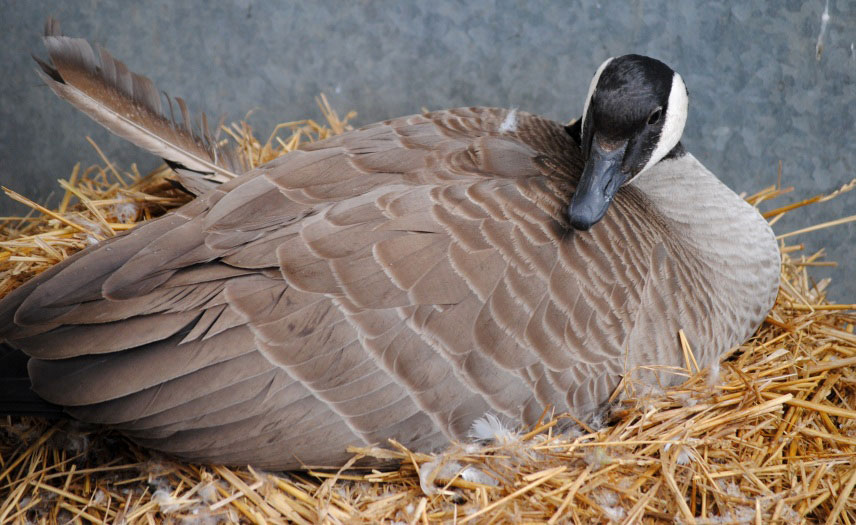
Did you know?
- Geese tend to be monogamous and will often return to the same nesting site year after year
- Female geese and ducks are less able to fly before they are about to lay their eggs. The male will defend his mate and nest while she is vulnerable
- Geese and ducks incubate their eggs for between 3 and 4 weeks and once their eggs have hatched, it can take goslings and ducklings over 2 months to learn to fly
- Geese and Ducks are protected by the migratory bird act of Canada; their nests are federally protected. Tampering or interfering with an active nest is against the law
- Goslings can safely drop up to 5 stories onto grass or up to 2 stories on pavement
- Ducks and Geese produce ‘precocial’ young, meaning that once a duckling or gosling is hatched it is fully feathered, with eyes open and is capable of walking and foraging for food on its own
- Geese nest away from water and often cross busy roads as they bring their young to water. This walk is important to strengthen young waterfowl’s legs and give them time to waterproof their feathers
- It is not normal to find young waterfowl alone; if you find a lone duckling or gosling it needs help!
- Bread is harmful to waterfowl; please don’t feed waterfowl bread!
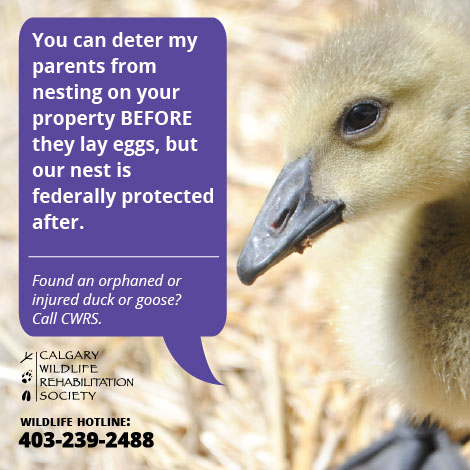
If you find an injured or orphaned wild animal in distress, please contact the Calgary Wildlife Rehabilitation Society hotline at 403-239- 2488, for tips, instructions and advice, or look at the website at www.calgarywildlife.org for more information.
Photo credit: Andrea S. H. Hunt

